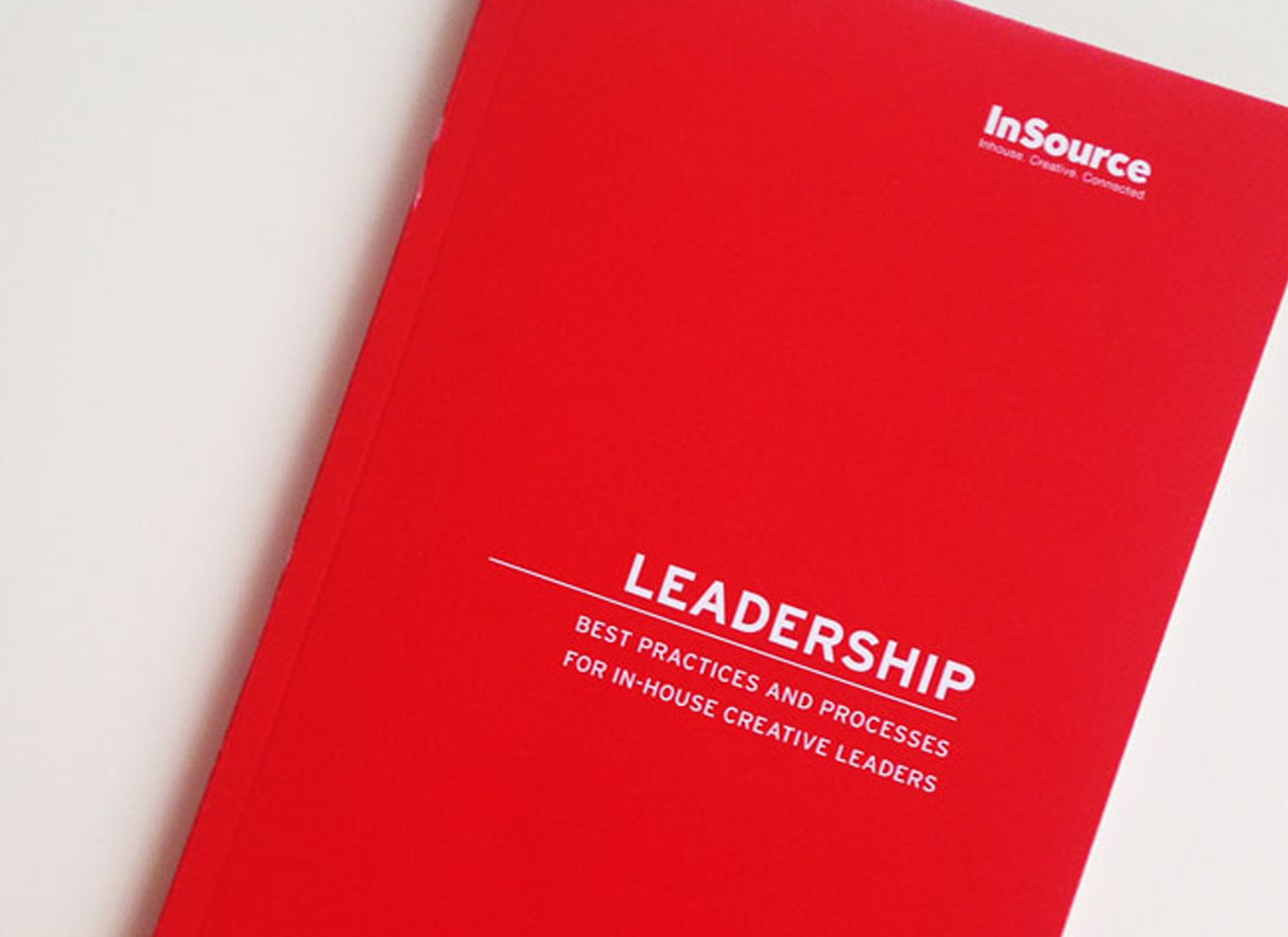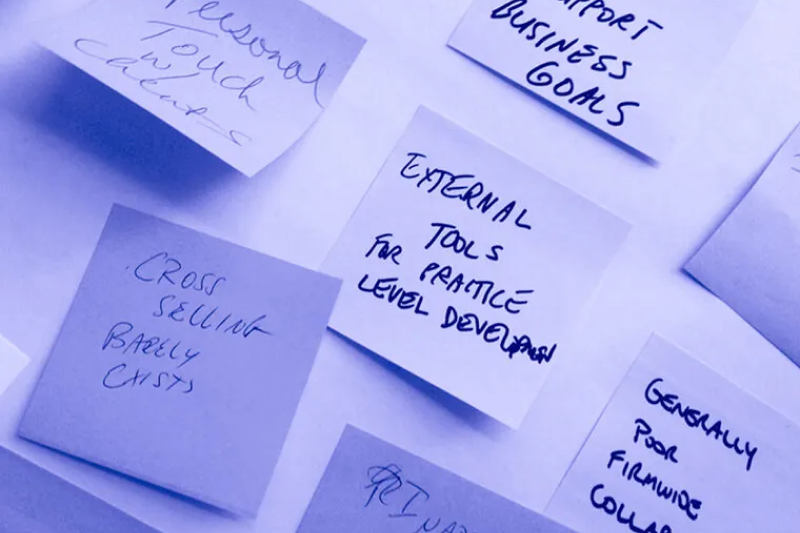

Business-driven design thrives on information and process. While the creative journey may seem spontaneous, successful design only emerges when supported by business goals and objectives, and a structured methodology.
We notice that many in-house design teams at law firms lack an effective internal process for managing project workflow, whether the work is produced by the firm’s in-house team or a retainer design partner. We find many projects are often handled “on the fly” without approved creative briefs and timelines. As a result, the design team struggles to get the essential information required for clear direction and efficient workflow management. Every project is deemed a “priority” and key stakeholders often underestimate the time required for design and production. This lack of foresight leads to insufficient knowledge transfer and resource allocation.
With accurate and comprehensive background information, designers can answer the crucial questions – who, what, why, where, when, and how. This background is essential for communicating successfully with target audiences, whether end clients or potential recruits. Who are the primary and secondary target audiences? Who possesses the necessary background information? Who will approve the project? What content is available? Where will the final product be used and distributed? When is the launch date? How will this project impact the business’s communication?
The following five best practices will establish boundaries, provide clear guidance, and ensure alignment with project goals and requirements:
For smaller projects like event collateral, pitch materials, ads, or brochures, use a concise brief that outlines specific criteria:
Be proactive, not reactive. Collaborate with stakeholders to create a comprehensive timeline for design and production. This ensures all team members understand deliverable timings and the impact of scope changes. It also helps allocate time for working with external teams like writers and photographers. A clear timeline sets expectations for project initiation and workload distribution.
Present two to three options to stakeholders in person or via screenshare, explaining the rationale behind each design. Encourage open discussion focused on the approved brief and target audience. Avoid sending options via email without a conversation to reduce the likelihood of significant redesigns and to foster excitement and consensus.
Many in-house teams lack consistent templates for routinely produced materials like event collateral, brochures, newsletters, and social media assets. Developing a set of approved templates streamlines production, ensures brand consistency, and reduces the tendency of stakeholders to micromanage projects or create one-off solutions.
A well-defined sign-off process is crucial. Create a straightforward procedure in your project management tool or email that includes the following:
The goal is not to add unnecessary bureaucracy but to develop a methodology that benefits everyone. A well-defined design process is essential for maintaining brand integrity and ensuring effective communication with your audience.
This collaborative approach will help you achieve your goals more effectively.

This article is updated from its original publication, Leadership: Best Practices and Processes for In-House Creative Leaders produced by InSource.



